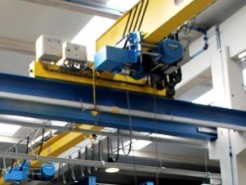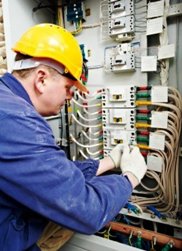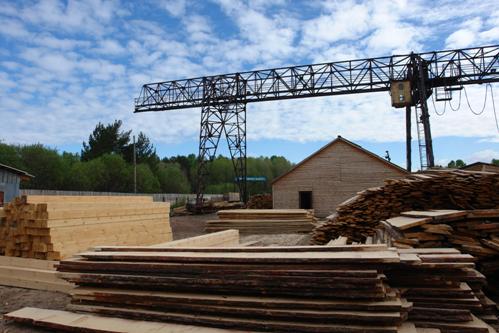Categories: Featured Articles » About electricians and not only
Number of views: 39568
Comments on the article: 11
Electrician crane service profession
 There are a lot of professions related to electrical engineering today. But we must admit that the level of requirements for the performer in these professions is very different.
There are a lot of professions related to electrical engineering today. But we must admit that the level of requirements for the performer in these professions is very different.
As an example, many well-known electricians who serve some household or office buildings and are mainly involved in replacing bulbs can be cited. And they can be opposed by specialists repairing complex equipment, which incorporates power electronic conversion equipment. Both those and others - on "you" with electricity, have an electrical safety approval group (possibly even the same one). Both are skilled workers.
But even with a cursory examination, the differences in the qualifications of these specialists are visible to everyone. With all due respect to ZhEK electricians, they are far from professional in the professional sense, to electricians who diagnose and repair complex electromechanical devices.
So, in the “hierarchy” of electrical engineers electricians servicing modern cranes occupy a place close to the top. Without exaggeration.
Those days when the asynchronous drive of electric hoisting machines was launched by direct connection to the network, are long gone. Today, only low-power crane beam drives are turned on in this way. And they are gradually moving to more advanced (read - more complex) drive systems.
The rheostatic start-up of an electric drive using motors with phase rotors is also yesterday. The vast majority of cranes manufactured today are equipped with electric drives of the system “frequency converter - asynchronous motor with squirrel-cage rotor”. In cranes controlled from the driver’s cab, more and more all such drives have such a system. And this applies equally to both domestic and foreign cranes.
 The advantages of such a drive system are its higher energy performance, the possibility of implementing almost perfectly smooth start-up and braking, the complete absence of jerks and shock loads on the mechanical elements of the drive. And indeed, the possibilities of controlling a variable frequency drive seem almost limitless.
The advantages of such a drive system are its higher energy performance, the possibility of implementing almost perfectly smooth start-up and braking, the complete absence of jerks and shock loads on the mechanical elements of the drive. And indeed, the possibilities of controlling a variable frequency drive seem almost limitless.
The possibilities are endless, but their use requires high qualification, knowledge not only in the field of electric drive, but also in the field of electronics.
A crane is an object that presents an increased hazard during operation. Hence, a large number of all kinds of locks and protections are included in the circuit diagram of the control circuits of any crane. And the greater the load capacity of the crane, the more complicated the circuit of its control circuits.
Not every electrician is able to figure out the schemes of large special hoisting machines. In addition, most modern cranes are equipped with microprocessor safety devices, the periodic maintenance of which and inspection with test weights also often fall on the shoulders of crane maintenance technicians.

So, we note that in order to be an electrician for repairing cranes, it is necessary:
1. It is good to read the circuit diagrams, to know the principles of work and purpose contactors, relays, controllers, resistor blocks, protection and control devices, have an idea about the operation of modern frequency converters;
2. Have an idea of the operation of microprocessor and network devices, be on the "you" with computer science;
3.To be familiar with the norms of not only the PUE and PTEEP, but also of a number of other documents regulating the operation of hoisting machines. Among these documents, in particular, PB-382-00, RD 10-208-98 and others.
4. To know not only electrical engineering, but also mechanics, since each crane drive is an electromechanical device. And without the knowledge of mechanics, setting up this drive will be extremely difficult.
5. Familiarize yourself with the Electrical Machines training course at least at a level that allows you to recall the characteristics of electric motors if necessary.
6. Do not be afraid of heights and poor working conditions. Cold, wind (within the permissible wind load for a given crane) - all this does not wait until you finish the repair and maintenance of the lifting machine.
7. Have skills in safe work with electricity and work at height.
8. Have good health. Indeed, even low vision for doctors is a formal reason to deny a person the right to perform work at heights. And even glasses will not help here.
Obviously, not everyone can be an electrician for servicing cranes. Here it is only necessary to make a reservation that such requirements should be presented only to specialists working in enterprises with a large and regularly updated fleet of hoisting equipment. And there are plenty of such enterprises today.
Alexander Molokov
See also at e.imadeself.com
:
